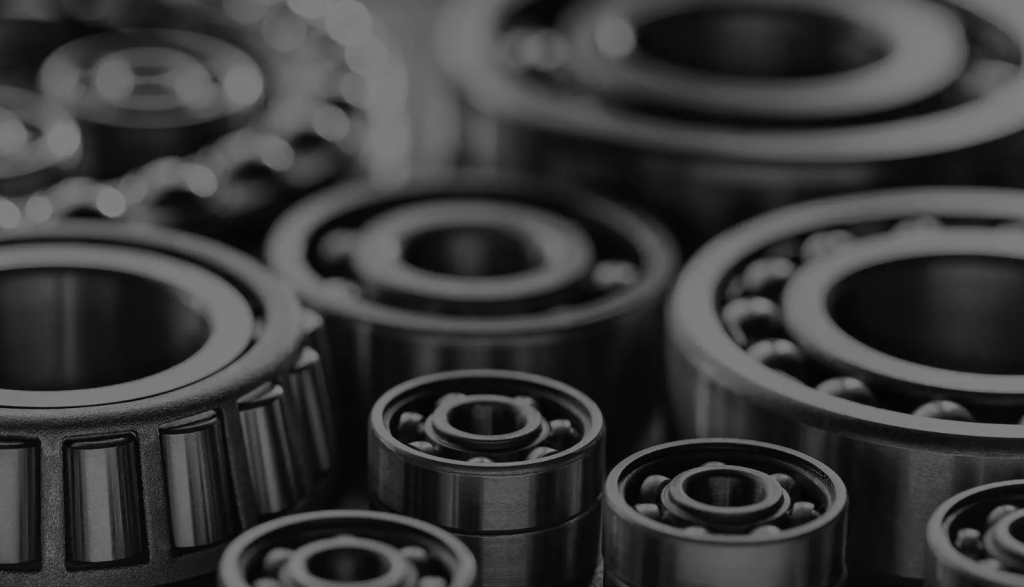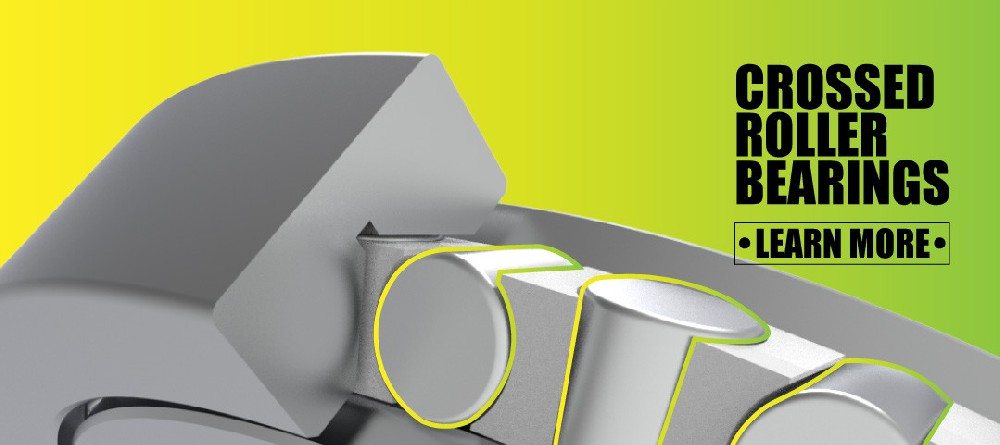Bearings are at the core of almost every machine that involves rotation—whether it’s a motor, a pump, a conveyor system, or a CNC spindle. While they often go unnoticed, choosing the wrong type of bearing can lead to costly downtime, reduced performance, and premature failure. Among the most commonly used bearings are standard ball bearings (also known as deep groove ball bearings) and angular contact ball bearing. Although they may look similar at a glance, the differences between them are significant and impact how each one handles speed, load, and alignment.
A standard bearing is generally suitable for radial loads and moderate speeds. On the other hand, an angular contact ball bearing is designed to manage both radial and axial loads—especially where high speed and precision are required. Knowing when to use each can improve efficiency, reduce maintenance, and extend machine life.
Understanding these differences isn’t just useful—it’s essential for engineers, maintenance teams, and equipment designers.
Angular Contact Ball Bearing vs Standard Bearing Key Differences Explained
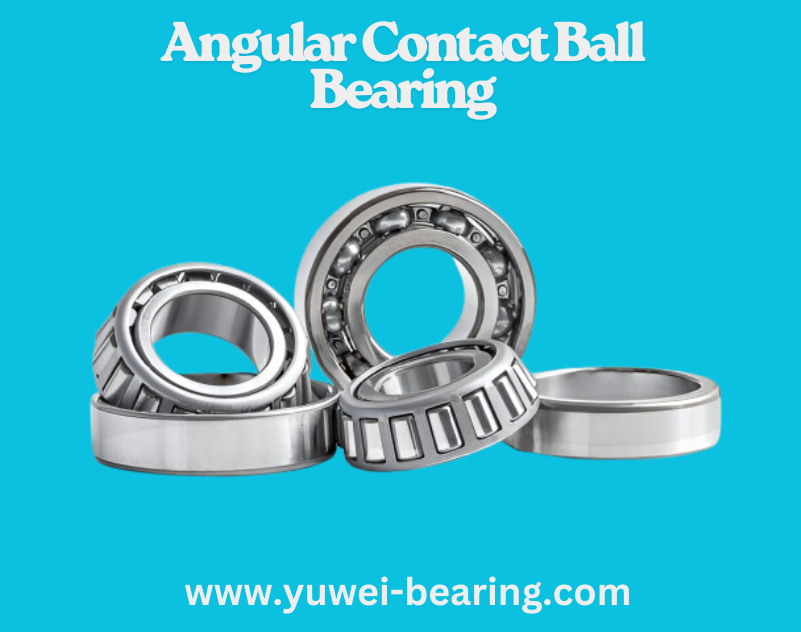
In this guide, we will explain how angular contact ball bearings compare to standard bearings across all key performance factors.
Why This Matters
Choosing the right bearing impacts the reliability, cost, and performance of any mechanical system. Whether it’s a factory conveyor or a high-speed spindle, mismatched bearings can cause failures, downtime, and added maintenance. That’s why understanding the differences between an angular contact ball bearing and a standard bearing is critical. Both serve different purposes. While standard bearings work fine for general radial load applications, angular-contact-ball-bearing are necessary when high axial loads or precision alignment is needed. Making the wrong choice not only increases costs but also compromises machine efficiency. Visit here!
Quick Overview – What Are These Bearings?
Standard Ball Bearing (Deep Groove)
A standard ball bearing, also known as a deep groove ball bearing, is designed primarily to support radial loads. It features deep tracks on the inner and outer rings, allowing it to accommodate some axial loads but not efficiently. These bearings are:
- Used in general-purpose machinery
- Ideal for moderate-speed, low-axial-load environments
- Easy to install and commonly available
Angular Contact Ball Bearing
An angular contact ball bearing is designed to handle both radial and axial loads. The balls make contact with the raceways at an angle, commonly 15°, 25°, or 40°. This angle gives the bearing strength in one axial direction, and it can be used in pairs for bi-directional thrust loads. These bearings are:
- Common in high-speed spindles, gearboxes, and robotics
- Built for combined loads
- Engineered for precise alignment and preload requirements
Contact Angle – The Core Technical Difference
The contact angle is the most defining difference.
- Standard bearings have a 0° contact angle. They support radial loads directly, and their ability to carry axial loads is minimal.
- Angular-contact-ball-bearing have contact angles from 15° to 40°. The angled contact allows them to manage significant axial loads in one direction.
This geometry change is critical when machinery experiences axial thrust. Without a proper angle, the load causes more wear, increased heat, and possible failure.
Table: Contact Angle and Load Capability
| Bearing Type | Contact Angle | Axial Load Capacity | Radial Load Capacity |
|---|---|---|---|
| Standard Ball Bearing | 0° | Low | High |
| Angular Contact Ball Bearing | 15°–40° | High (one direction) | High |
Load Handling – What Can Each Type Take?
Choosing the right bearing depends on the direction and amount of load.
- Radial loads: Both types can handle radial loads well, but standard bearings are optimized for this.
- Axial loads: Standard bearings handle minor axial loads; angular-contact-ball-bearing are designed for high axial loads.
- Combined loads: Only angular contact bearings can reliably handle radial and axial loads simultaneously.
List: Load Use Cases
- Electric motors – standard bearings
- CNC spindles – angular contact ball bearings
- Conveyor rollers – standard bearings
- Pumps and compressors – angular-contact-ball-bearing
Speed and Friction – Which One Runs Smoother?
At low to moderate speeds, both bearing types run efficiently. But in high-speed environments, friction becomes a critical factor.
- Standard bearings work fine under moderate speeds with mainly radial loads.
- Angular contact ball bearings, when preloaded correctly, offer lower vibration, better heat distribution, and greater stability at high RPMs.
These bearings are often used in applications running above 10,000 RPM where stability matters.
Table: Performance by Speed
| Bearing Type | Ideal Speed Range | Friction at High Speed | Application Suitability |
| Standard Ball Bearing | Low to Moderate | Increases under load | Basic, general-purpose |
| Angular Contact Ball Bearing | High | Controlled with preload | Precision, high-speed setups |
Mounting Configurations – Single vs Paired
Standard Bearings
- Installed singly
- No specific directionality
- Easy to mount without preload concerns
Angular Contact Bearings
- Mounted based on load direction
- Often installed in pairs (back-to-back, face-to-face, tandem)
- Must be aligned properly
Improper installation of angular contact ball bearings can lead to misalignment and reduced lifespan. These bearings need accurate positioning for maximum performance.
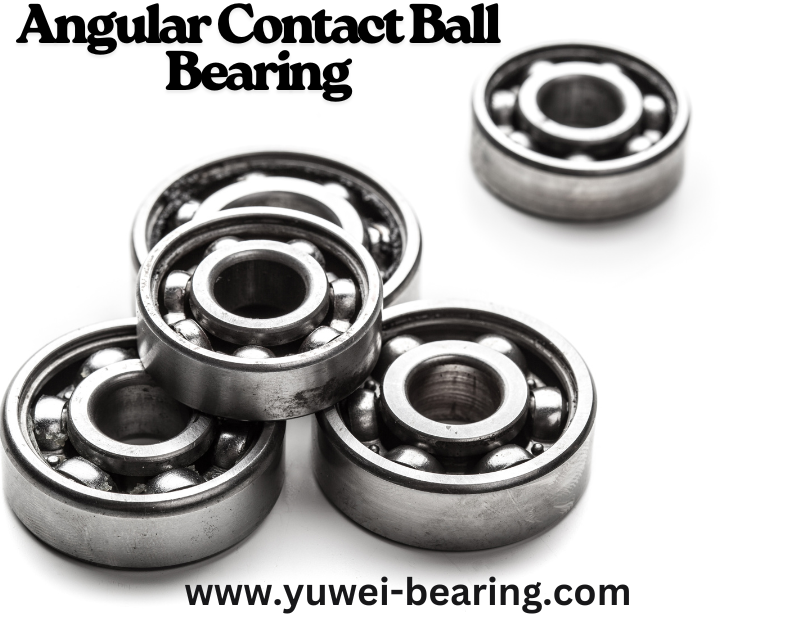
List: Paired Arrangement Use Cases
- Back-to-back (DB): Axial loads in both directions
- Face-to-face (DF): Self-aligning under shaft deflection
- Tandem (DT): Shared single-direction axial load
Preload and Rigidity – More Than Just Spinning
Preload eliminates internal clearance, improving stiffness. This is critical for high-precision applications.
- Standard bearings don’t benefit much from preload. Their design limits rigidity improvements.
- Angular contact ball bearings are optimized for preload. They maintain shaft positioning, reduce deflection, and improve repeatability.
Applications like robotics or CNC spindles benefit from low backlash and tight control—conditions where preload and rigidity matter most.
Cost and Availability – What’s the Trade-off?
Standard Bearings
- Low cost
- Available in large quantities
- Used in mass-market products
Angular Contact Bearings
- Higher cost due to design complexity
- Limited availability compared to standard types
- Require precision manufacturing
Table: Cost Comparison
| Bearing Type | Average Unit Cost | Availability | Manufacturing Precision |
| Standard Ball Bearing | Low | Very High | General tolerance |
| Angular-Contact-Ball-Bearing | 2x–5x higher | Medium | Tight tolerance |
Typical Applications – Where Each One Fits
Standard Bearings:
- Household fans
- General electric motors
- Roller conveyors
Angular Contact Ball Bearings:
- CNC machine spindles
- Aerospace equipment
- Vertical pumps
- High-speed dental tools
These applications demand precision, high RPM, and reliable axial support—features only angular contact ball bearings can provide.
Maintenance and Life Expectancy
Regular maintenance is essential for bearing life. Lubrication, alignment, and load consistency all play roles.
- Standard bearings are forgiving, with 5,000 to 10,000 hours of life under proper conditions.
- Angular contact bearings can exceed 20,000 hours when correctly installed and maintained.
Failure to follow preload or lubrication specs shortens lifespan significantly, especially in high-speed systems.
List: Maintenance Tips
- Use correct lubrication
- Check alignment and preload during installation
- Monitor for vibration or heat increase
- Follow manufacturer’s RPM and load guidelines
Decision Checklist – Which One Should You Use?
Use the table below to decide quickly based on your application requirements:
| Requirement | Use Standard Bearing | Use Angular Contact Bearing |
| Mainly radial load | Yes | Optional |
| Significant axial load | No | Yes |
| Combined radial and axial load | No | Yes |
| High-speed rotation | Limited | Ideal |
| Cost-sensitive application | Yes | No |
| Precision alignment and rigidity required | No | Yes |
Q&A Section
Q: Can I use angular-contact-ball-bearing in place of standard bearings?
A: Only if the design allows for preload and directional axial load. Otherwise, performance may decrease.
Q: Do angular contact bearings require more maintenance?
A: Not more, but more precise. Alignment, preload, and lubrication are critical.
Q: Are angular-contact-ball-bearing always used in pairs?
A: Often, but not always. Single-bearing configurations exist for one-directional thrust.
Q: Which is better for noise reduction?
A: Angular-contact-ball-bearing typically run quieter under high-speed and axial load conditions.
Q: Is preload necessary?
A: Yes, for angular-contact-ball-bearings. It improves rigidity and load handling.
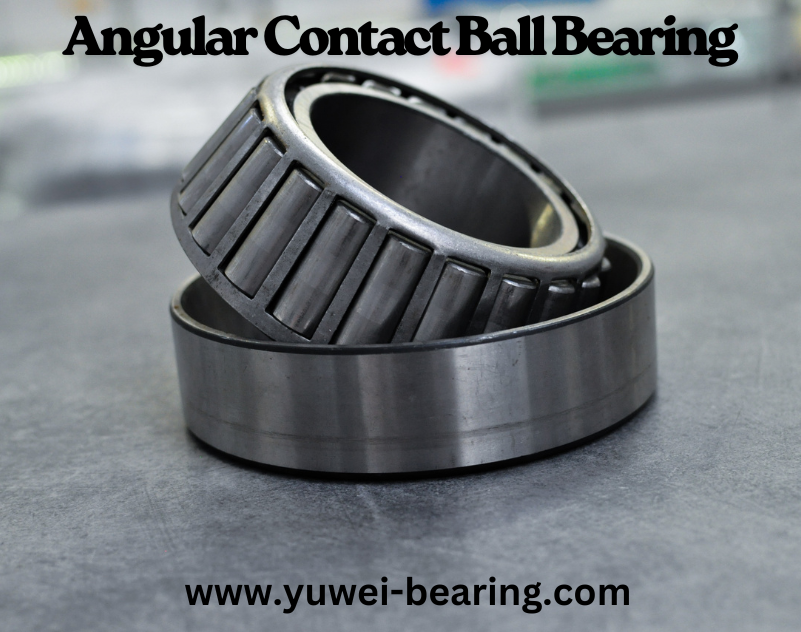
Conclusion
Choosing between a standard ball bearing and an angular contact ball bearing depends entirely on the demands of your application. If your system primarily deals with radial loads at moderate speeds and doesn’t require high precision, a standard bearing is usually the best and most cost-effective option. It’s easy to source, simple to install, and gets the job done in general-purpose equipment.
However, when your application involves combined loads, high axial forces, or operates at high speeds—especially in machines like CNC spindles, pumps, or gearboxes—an angular-contact-ball-bearing becomes essential. Its unique contact angle and ability to handle thrust in specific directions make it ideal for precision systems that demand reliability and long life.
The key difference lies in how each bearing handles force, speed, and alignment. Overlooking these factors can lead to early wear, poor performance, and even equipment failure. By understanding the practical differences, you can select the right bearing with confidence and ensure long-term system efficiency.
Make your choice based on load direction, speed, rigidity needs, and cost—not guesswork.
